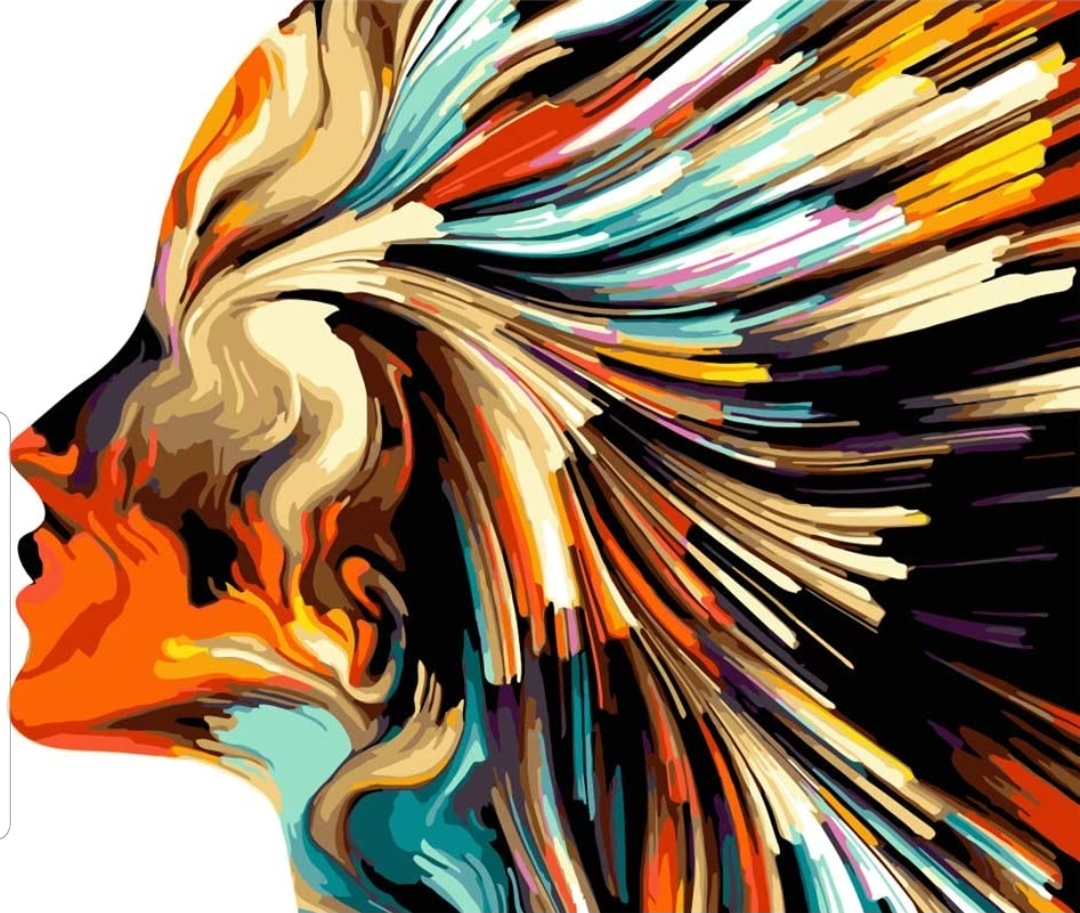A sex offender convicted of making more than 1,000 indecent images of children has been banned from using any “AI creating tools” for the next five years in the first known case of its kind.
Anthony Dover, 48, was ordered by a UK court “not to use, visit or access” artificial intelligence generation tools without the prior permission of police as a condition of a sexual harm prevention order imposed in February.
The ban prohibits him from using tools such as text-to-image generators, which can make lifelike pictures based on a written command, and “nudifying” websites used to make explicit “deepfakes”.
Dover, who was given a community order and £200 fine, has also been explicitly ordered not to use Stable Diffusion software, which has reportedly been exploited by paedophiles to create hyper-realistic child sexual abuse material, according to records from a sentencing hearing at Poole magistrates court.



counter point:
if you have a folder of AI generated CP and put in a couple of pictures of actual CP it’s going to muddle the case as the offender could claim all of them are simply AI generated. Real harm could go unnoticed if those two were to be treated differently.
Additionally, not every offender will stop at AI generated images, and if their curiosity becomes enough they could go on to want to experience “the real thing”.
I think the solution here is not banning AI materials outright but to make them identifiable - even by means of digital signatures if you want.
For example, Stable Diffusion could insert particular piece of metadata into the picture containing the signature and proving the image is AI-generated, etc.
Without AI materials, said curiosity may lead people straight to the “real thing”, and every darknet or even Telegram dweller will tell you it’s frighteningly easy to find it even if you never intended to. With AI materials, people can have a chance to stop there.
meta data is trivially easy to strip off a picture, you don’t even need to bother using tools for it - just take a screenshot and delete the original
Can be baked in pixels, or even better sent to identification for a system similar to what Apple uses to detect CSAM, but as an “alright” ID (but just in police’s hands, not on device or something).
But even then, if every pixel gets marked as ‘created by AI’, it would still be trivial to take real CSAM and run it through an image-to-image generator with denoising turned down to 0.05 and suddenly you have real CSAM that has been marked as ‘legal’ since it is technically AI generated.
Also, keep in mind that there are several open source projects out there where anyone who knows what they are doing could just strip out any protections that might be put in place.